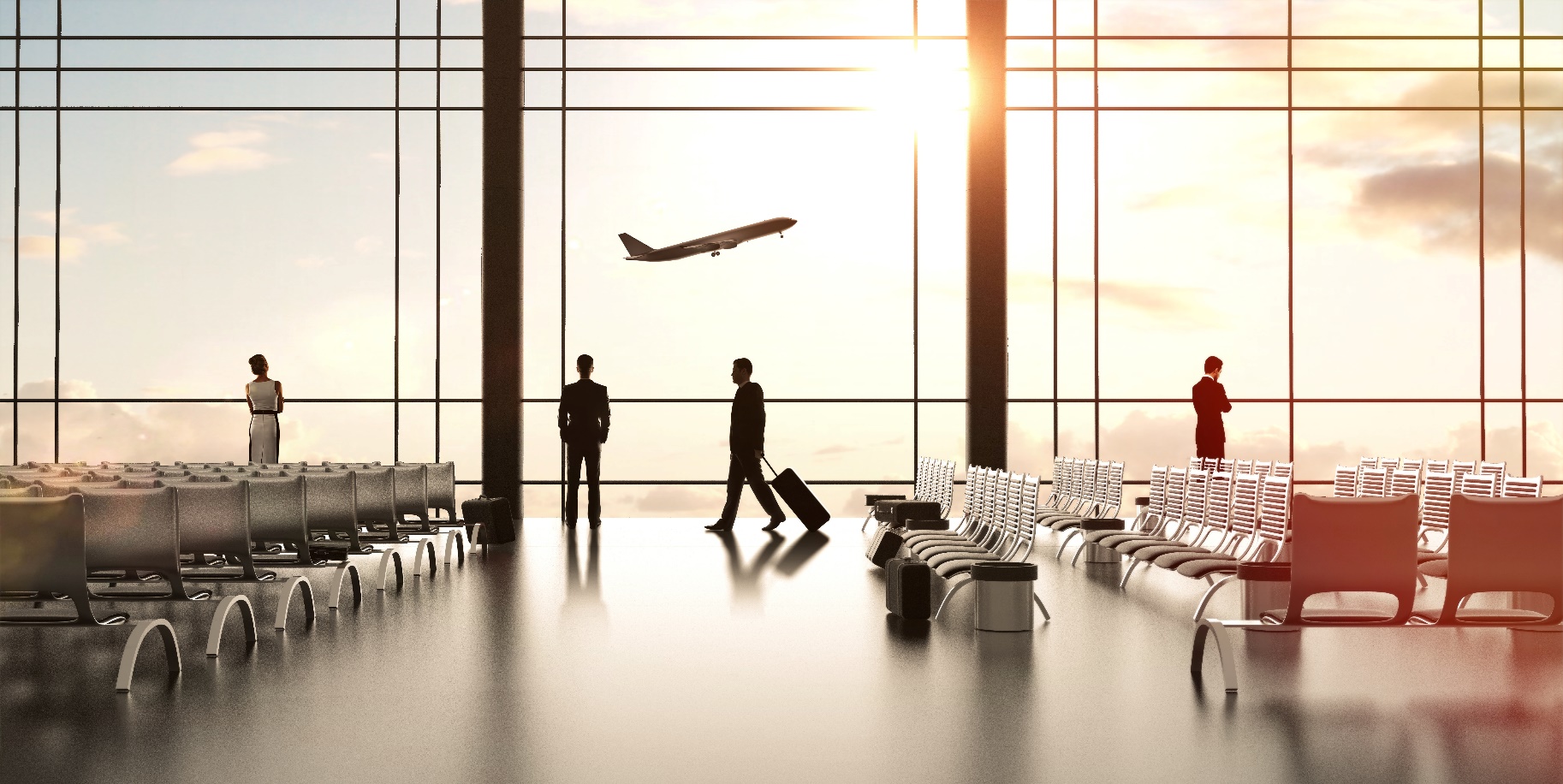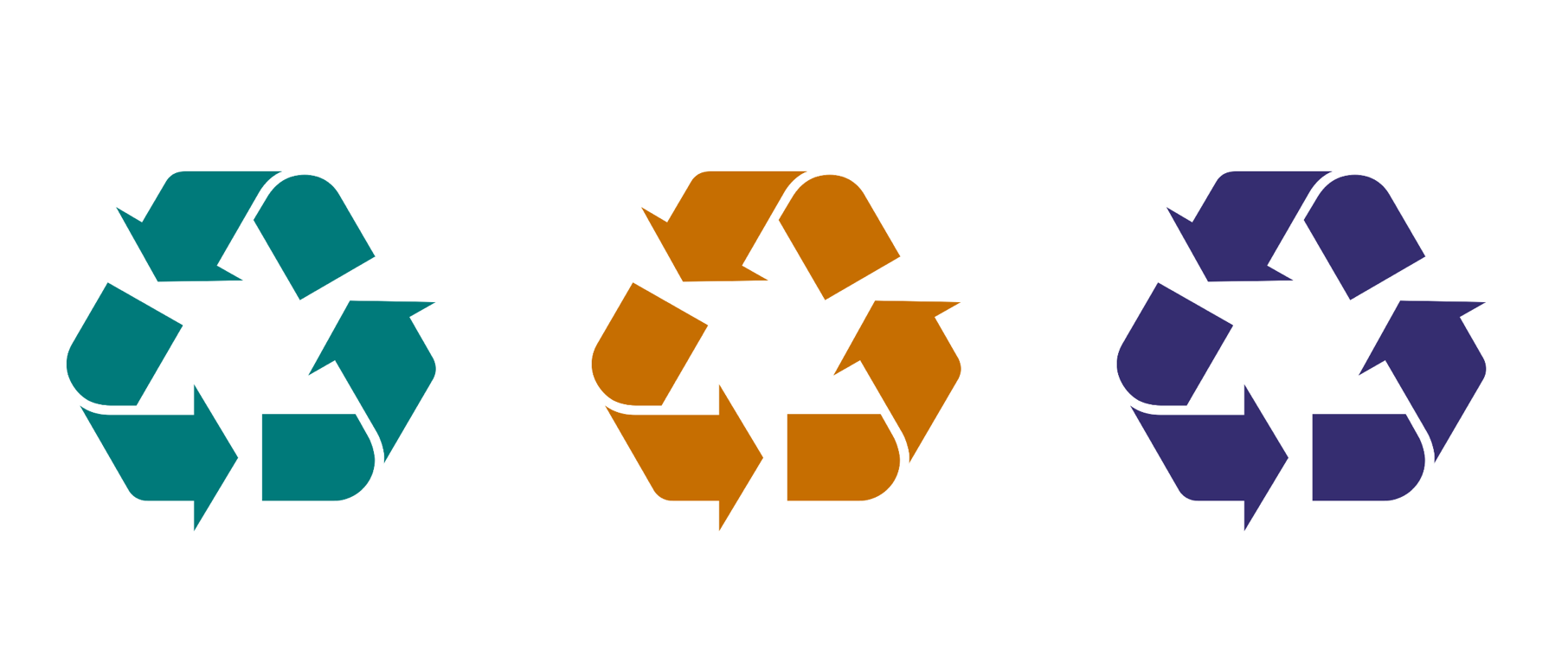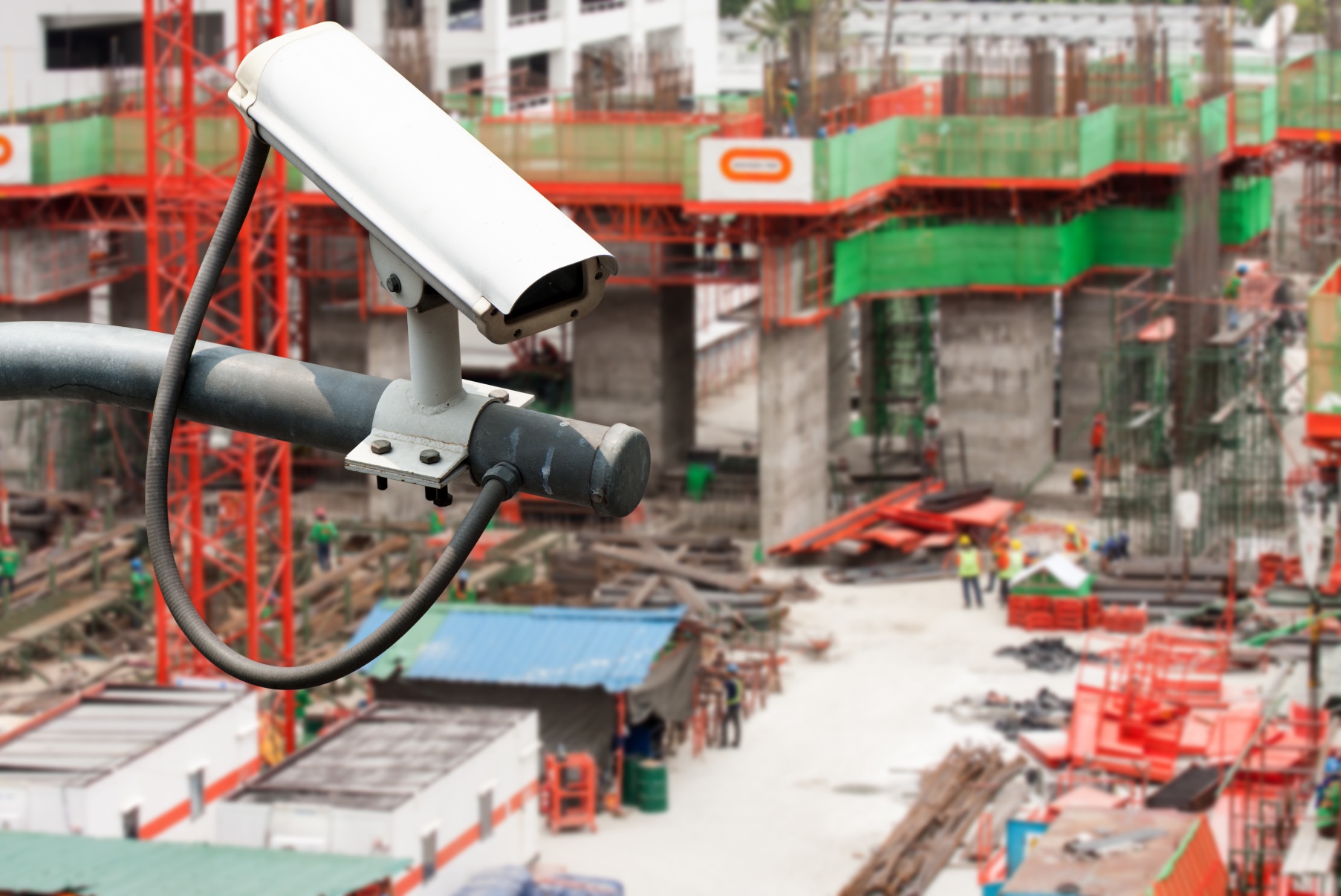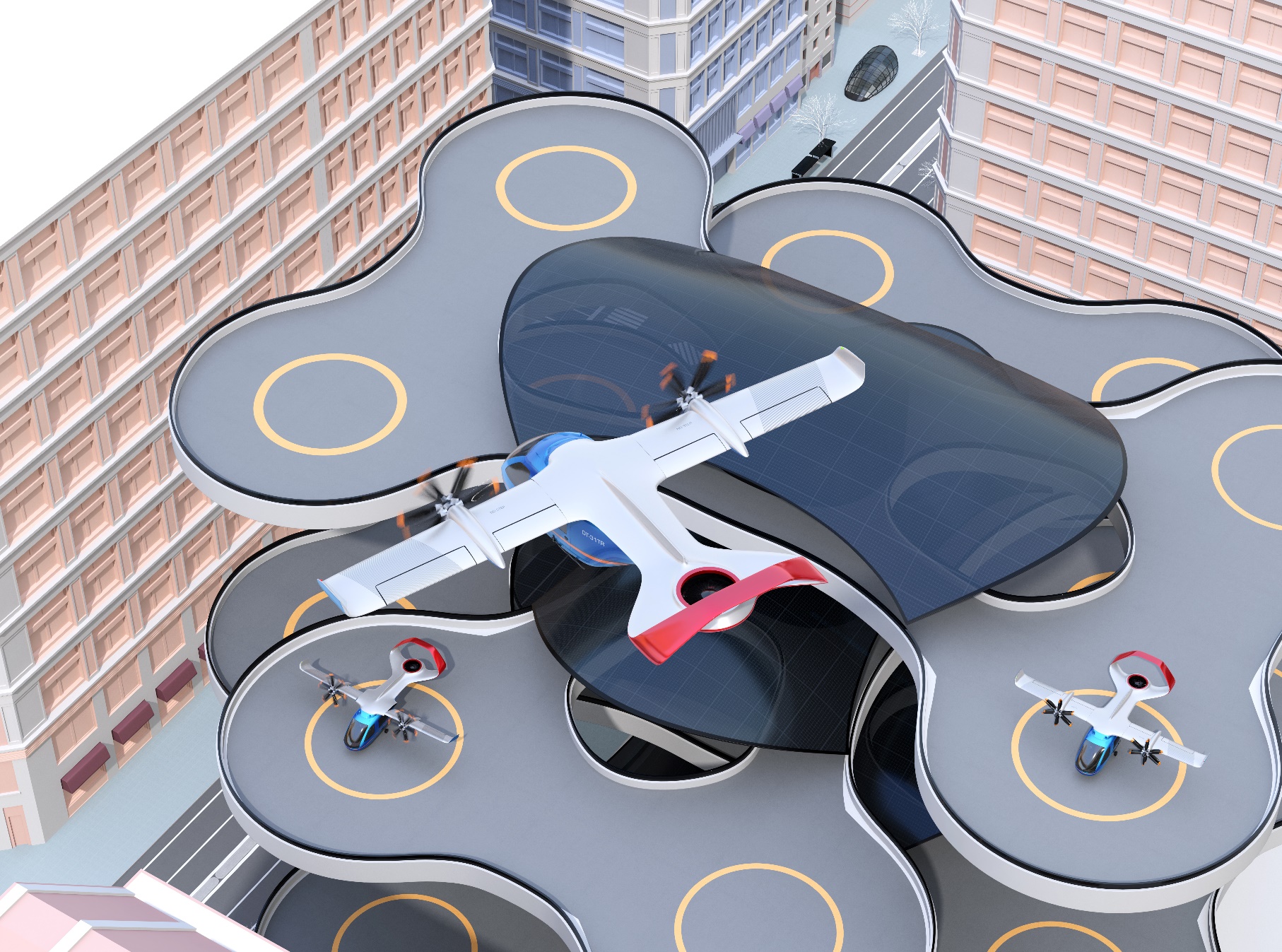79 results found
Cost SAR 50 Million The project is fully funded by the government
Renewable energy is being used in multiple forms these days. Construction companies, especially those involved in large projects, also have an impact on the environment.
Smart Airports are airports that rely on the use of connected technologies such as Internet of Things (IoT) devices, GPS and sensors to perform planning and operations tasks digitally and support operational staff, optimising passenger flows and the activities of the airport staff across the airport
3D Infrastructure Models are built to digitally visualise design information (technical drawings, plans, elevations, etc
Autonomous Vehicles (AVs) or Driverless Vehicles are a new vehicle mode which can sense their environment and operate safely without human input or control
Waste is treated very differently around the world
Autonomous Shipping Ports can utilize some, or all, of the following five main components to deliver more efficient, productive and safe port operations: Automated equipment - Automated equipment can include automated robots, vehicles and cranes (see also the Automated Robot Cranes Use Case) that automate processes including ship to shore, yard operations, ground transportation, maintenance and gate automation without direct human involvement
Leveraging asset level data sets with climate models can quantify the climate change risks to water infrastructure, assess adaptation options, and provide economic modelling for smarter investment decisions
A Smart Motorway is a section of a motorway that uses traffic management methods, involving information, communications and control systems incorporated in to and alongside the road, to improve road safety, increase capacity and reduce congestion in particularly busy areas
A Virtual Power Plant (VPP) is a cloud-based system that integrates several types of Distributed Energy Resources (DER) such as wind farms, solar parks, and combined heat and power units, as well as flexible power consumers and storage systems
Artificial Intelligence (AI) based Health and Safety Monitoring solutions rely on the use of AI and technologies to monitoring construction sites
A microgrid is a network of interconnected local generation sources such as solar, hydro and diesel supply electricity to a relatively small number of local users, completely independently of the central electricity grid
Geothermal energy (thermal energy produced by and stored in the earth) produces electricity by using steam to rotate a turbine that activates a generator
Combined sewer systems collect rainfall runoff from hard surfaces (e
Prefabrication and Modular Construction are two processes involved in the construction of buildings and infrastructure
Smart Stations are areas of influence in a city, delivering the accessibility and connectivity aspects of transport strategies: they are unique in terms of role, location, services and use in terms of time and space
“Vertiports” are platforms used by electric aerial vehicles (see also the Unmanned Aerial Vehicle for Passenger Travel use case) for vertical take-off and landing
Covidtech covers a new wave of technologies aimed at detecting, testing for and tracking SARS-CoV-2, the virus causing the Covid-19 pandemic
Passenger Information Holograms (sometimes called Avatars) are the next generation of digital signage, intended to improve the efficiency of providing tailored assistance to customers
This use case focuses on using Artificial Intelligence (AI) technology to optimise water network performance in terms of pressure and water quality






















